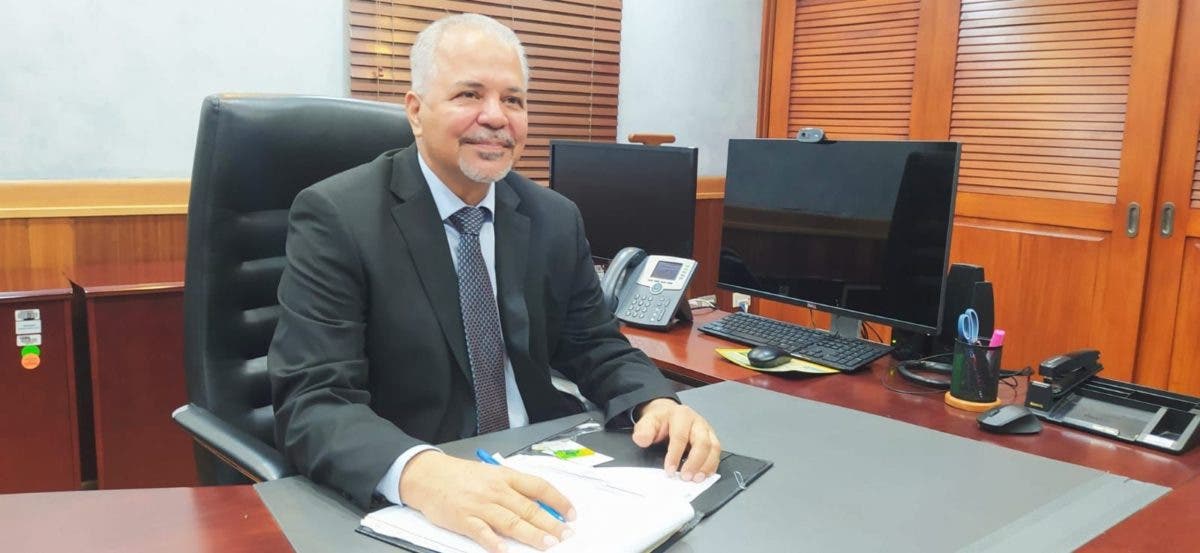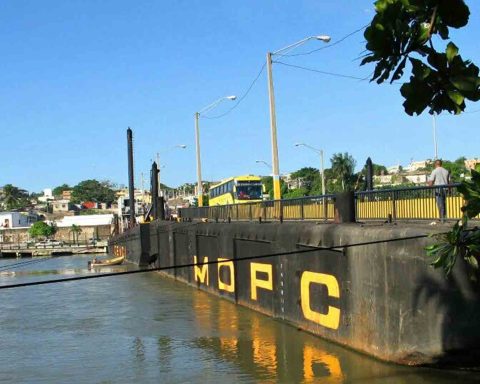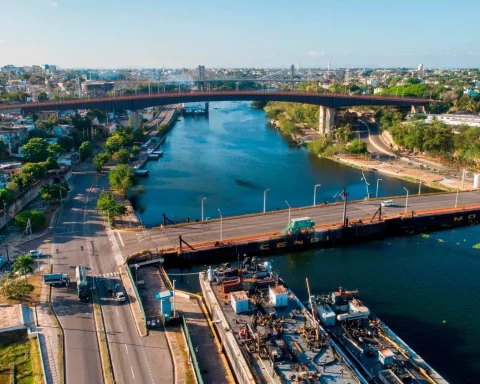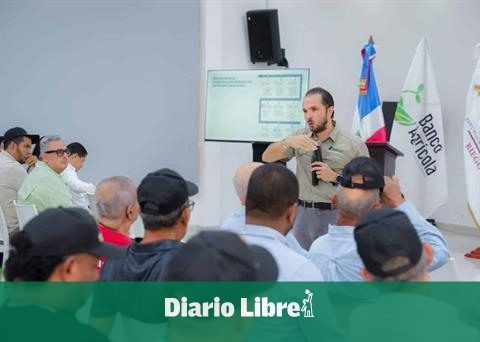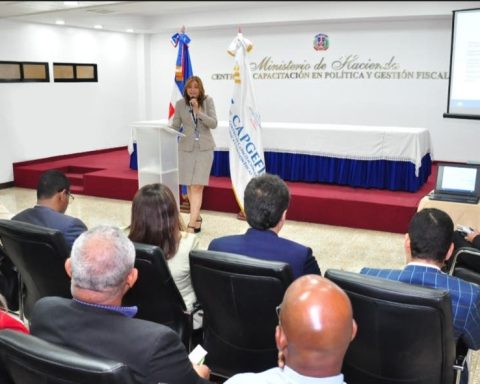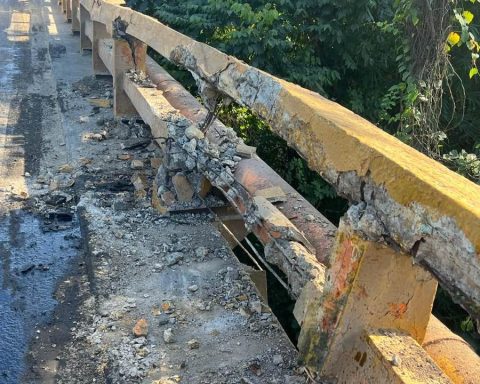ANDhe general manager of the Dominican Hydroelectric Generation Company (EGEHID)engineer Raphael Salazar, guaranteed that the Boca de los Ríos dam, which is being built on the Guayubín River, in Santiago Rodríguez, will contribute to the development of that province and the entire region, in addition to its main objective, which is flood control.
Salazar explained that within the framework of the project, a series of initiatives have been incorporated at the request of the ccommunity and local authorities, to solve problems of drinking water supply, agricultural and livestock irrigation, as well as improving the quality of the water that enters the Monción dam, also located in Santiago Rodríguez.
He stressed that his management has been establishing Public-Private Alliances in the communities where the hydro complexes are carried out, such as the one in Boca de los Ríos, which comes to solve a serious problem of flooding in the rainy season, but also in the dry season, manage water so that it reaches homes and agricultural areas, and thus prevent livestock from dying.
“It is an area that year after year experiences extreme processes, when it rains, as in the cyclonic season, the floods cause a lot of damage and when it is drought the other extreme of the climate is expressed, the cattle die due to lack of water and there is no way to put the land to produce”, emphasized Salazar.
Regarding the dam site (place where the reservoir wall is built), the EGEHID administrator explained that it was determined by several scientific studies, as occurs with projects of this nature and that the last one was carried out in 2019.
Regarding the site for the work to take the Sabaneta Aqueduct (head municipality), he said that the technicians, including those from the Ministry of Economy, Planning and Development, went to the place suggested by community leaders, with the result that the indicated point is a height lower than that of the municipality where it is intended to take the water by gravity.
He highlighted his willingness to maintain dialogue with the communities, as has been happening, to explain the scope of the project, which has included the construction of the Sabaneta Aqueduct, the Villa Los Almácigos Aqueduct and the solution to the quality problem of the water from the Monción dam, which enters highly polluted.
He indicated that to this is added a series of social works demanded by the communities, which are assumed by EGEHID or managed with other State institutions.
“A matrix of fulfillment of the commitments contracted with the community was established, the last update of that matrix took place last Thursday. Other things that were not contemplated in the matrix have been appreciated, given the determination of our management to establish Public Social Alliances with the communities, which allows us to carry out works of interest to the population,” Salazar commented in a radio interview.
He added that the first study to regulate the waters of the Guayubín River was carried out in 1973, ruling out the first place studied due to a series of variables, such as soil type, rock quality, average annual flow and potential flood area. Later, in the 1990s, another study was carried out and finally the last one that concluded in 2019, giving as an appropriate place the one that has been chosen for the work, based on science.
“We with the main objective, then we have established the secondary objectives that help the development of these communities and that solve other problems, and hence the agreement and the follow-up matrix for these agreements,” he insisted.
Also added is the fish farming project that will be carried out in the dam lake with seed capital provided by EGEHID, water sports and an ambitious basin management plan, which will give way to the largest reforestation and resource conservation project. natural in the area.
